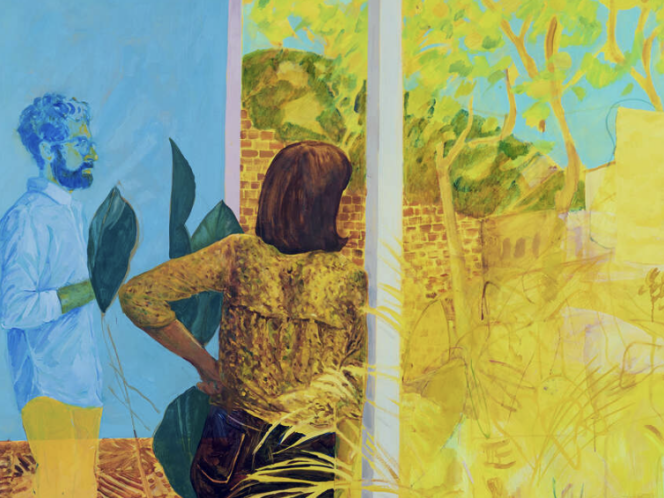
Greenery and warbling birds are more than just pleasurable, they can be beneficial. Is that a bold statement? Well, there’s proof. Apparently we’re all biophiles, and harmony with nature is a condition for our happiness.
I sat down at my computer and tried to start this article. Some time later, growing increasingly frustrated and tense, I was still tinkering with the first sentence. In the end, I closed my laptop, donned my coat and hiking boots, and headed for the forest. As usual, I wandered off trail, cross-country, unhurriedly seeking signs of the inhabitants: fantastically gnarled roots, lost bird feathers, or imprints in the snow. Had I been able to measure my cortisol (stress hormone) levels before I entered the forest and after my walk, the difference would’ve been immense. When I got home, I sat back in an armchair, opened my laptop, and words started to pour out effortlessly onto the screen.
Eighteen years before I typed the final period of this text, the American writer and journalist Richard Louv published Last Child in the Woods, in which he coined the term “nature-deficit disorder.” This phenomenon describes people’s increasing lack of contact with nature,








